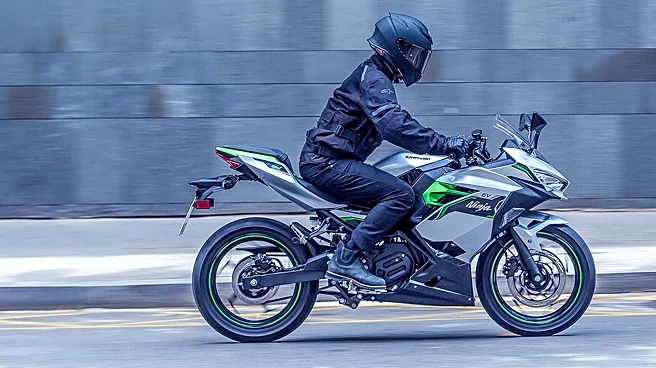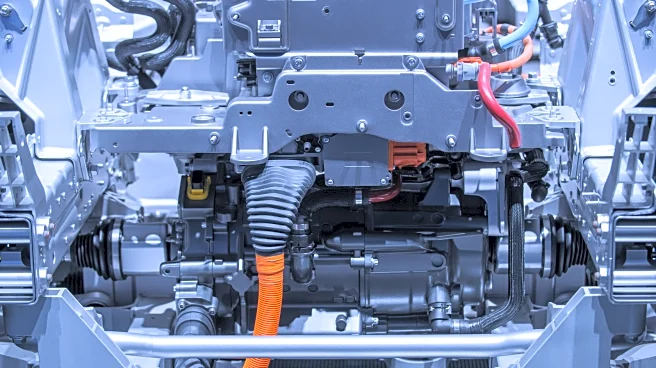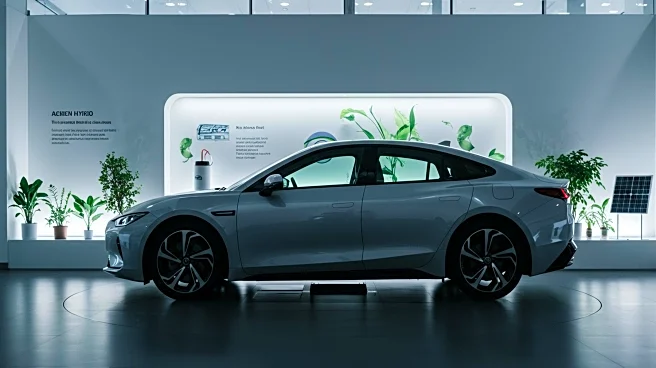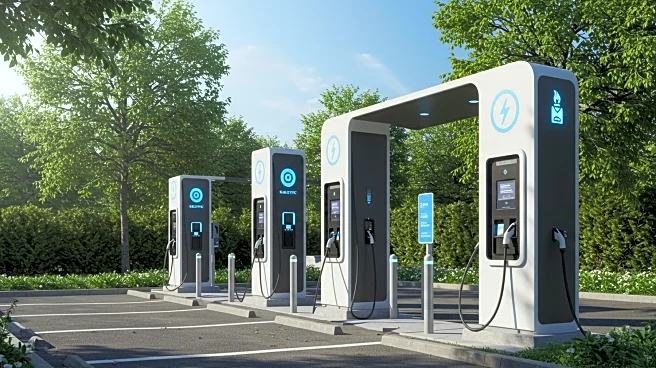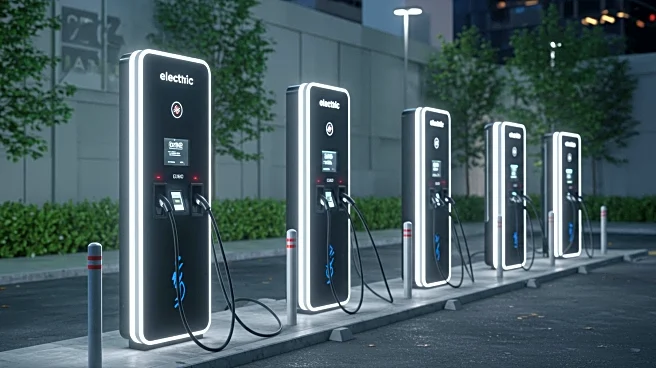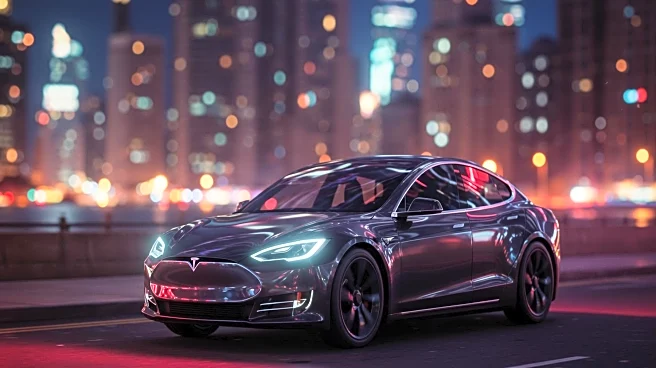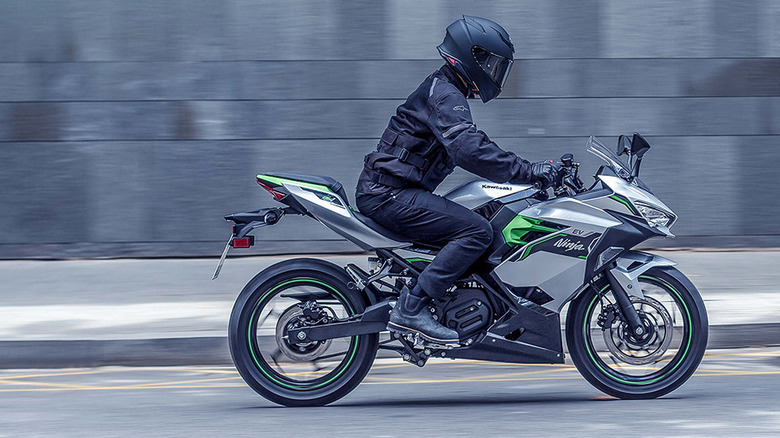
Electric cars, no matter what the future has in store for them here in the United States, are much more common now than they were a decade ago. Public charging stations are ubiquitous in big cities, and the roads in most American urban centers are lined with people driving EVs to and from work. But while EV cars are common, there are relatively few electric motorcycle manufacturers
offering products in the U.S.Whether it's the inherent efficiency of most motorcycles, the high cost of electrification,
or a motorcycle's limited range when you've got such a small space for batteries, electrification hasn't quite caught on in the world of motorcycles the same way it has with cars. Thankfully, even without a wave of popularity to ride on, there are still some electric motorcycles that are worth a closer look, such as the all-electric Kawasaki Ninja E-1.
At a standstill, the E-1 looks a lot like its gasoline-powered Ninja siblings (specifically the ZX-4R), with aggressive sportbike styling and full fairings. Instead of gasoline, the E-1 is powered by two lithium-ion battery packs and a single motor (powering the rear wheel, of course). According to Kawasaki's specs, the E-1 produces 5.0 kW of power regularly, but maximum power output rises to 9.0 kW, or about 12 hp. Torque measures 29.7 lb-ft, and maximum speed for the E-1 is only 65 mph. So, it's not exactly the sort of performance machine you'd expect from other bikes in the Ninja lineup, like the well-rounded ZX-6R, but it could have a lot of potential as around-town transportation.
Read more: Every Motorcycle Keanu Reeves Owns In His Stunning Collection
How Much Does The E-1 Cost And What Do You Get For The Money?
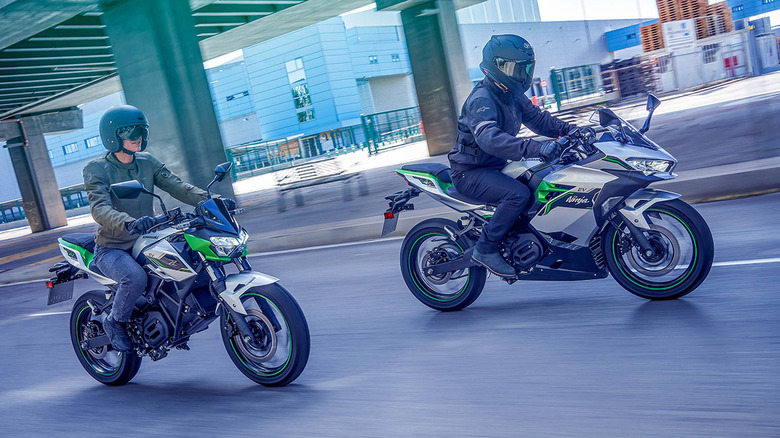
Kawasaki lists an $8,499 MSRP (including $600 destination fee) for the 2024 Ninja E-1 on its website. A slightly less expensive version of the E-1 is also available, the Z E-1 (with an MSRP of $8,199), which offers a similar feature set without the full fairings. Like most small EV bikes, the E-1's range is limited. If you stay away from the e-boost feature, Kawasaki says the E-1 will go as far as 41 miles on a single charge. That, of course, depends on other factors like the size of the rider, elevation changes, and the weather. Even if everything works out and you get the full range, it's still not very far.
Charging the E-1 takes 3.7 hours for each battery. And if you live in an apartment, or in a house where charging the bike outdoors isn't an option, you're in luck — the E-1 has removable batteries. Get to work and want to charge up a bit before your ride home in the evening? No problem. Just leave the bike down in the parking garage, pop out a battery, and charge it at your desk. But with a short range and long charging times, road trips are pretty much out of the question.
Easy To Live With, But Rivals Are Hard To Beat
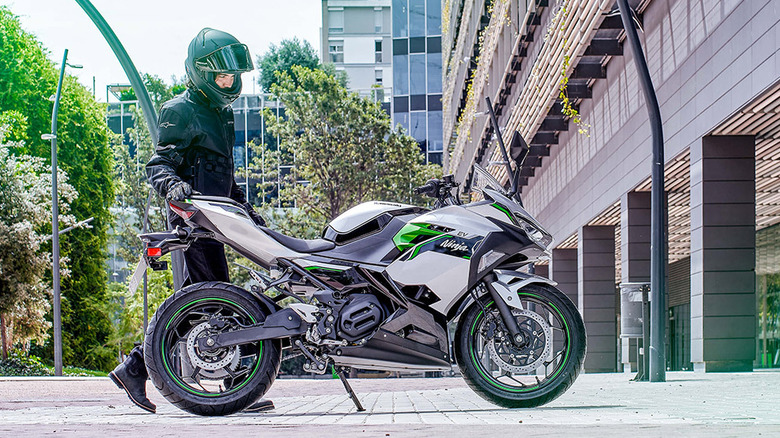
The E-1 weighs just 308.7 pounds, which is pretty light in the sport bike world. It also has a low seat height of 30.9 inches, so even shorter riders should be able to flat-foot it when they're at a stop. And, to help with maneuverability, Kawasaki included a walking mode that allows riders to inch the bike forward at just 3 mph (1 mph in reverse) into a parking spot. Clearly, it's a bike that's meant for city life. The Ninja E-1 is not the only electric motorcycle you can get, however, and some rivals are seriously appealing.
We've tested the Can-Am Pulse, and it is definitely one of the E-1's strongest competitors. It has 100 miles of potential range, 47 hp (35 kW, compared to the Ninja's 9 kW), and support for Level 2 charging stations for faster charging. According to Can-Am, charging the pulse from zero to 100% battery life on a Level 2 charger will take just 90 minutes. That's less than half the time it takes to charge a single Kawasaki E-1 battery.
The Can-Am is significantly more expensive, with a starting price of $13,999 (Can-Am doesn't disclose any extra destination fees it charges), but it's worth the extra cost if you plan on doing more than just short rides around town. Zero is an all-EV motorcycle company with some appealing options, too, with several bikes capable of over 170 miles of range. Unfortunately, those options are particularly pricey, often starting well above $20,000.
Want the latest in tech and auto trends? Subscribe to our free newsletter for the latest headlines, expert guides, and how-to tips, one email at a time.
Read the original article on SlashGear.
